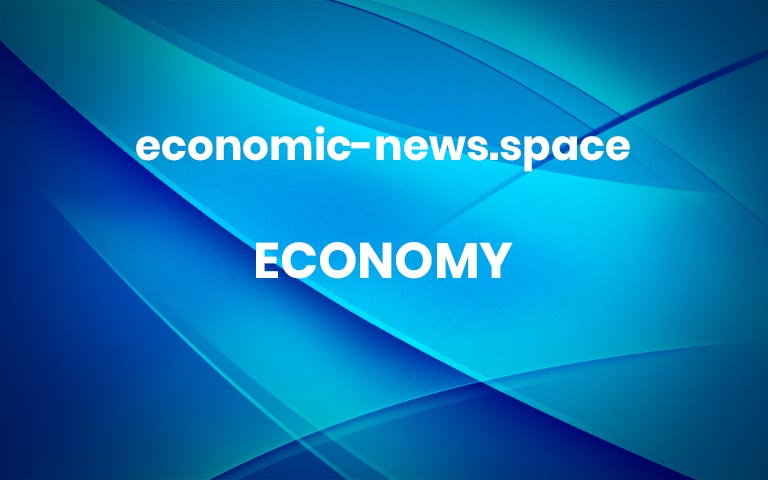
Why Better Times (and Big Raises) Haven’t Cured the Inflation Hangover
Frustrated by higher prices, many Pennsylvanians with fresh pay raises and solid finances report a sense of insecurity lingering from the pandemic.A disconnect between economic data and consumer sentiment is being felt by Pennsylvania residents, including, from left, Donald Woods, a retired firefighter in West Philadelphia; Darren Mattern, a nurse in Altoona; and Lindsay Danella, a server in Altoona.Left: Caroline Gutman for The New York Times. Center and right: Ross Mantle for The New York TimesIn western Pennsylvania, halfway through one of those classic hazy March days when the worst of winter has passed, but the bare trees tilting in the wind tell everyone spring is yet to come, Darren Mattern was putting in some extra work.Tucked at a corner table inside a Barnes & Noble cafe in Logan Town Centre, a sprawling exurban shopping complex in Blair County, he tapped away at two laptops. His work PC was open with notes on his clients: local seniors in need of at-home health care and living assistance, whom he serves as a registered nurse. On his sleeker, personal laptop he eyed some coursework for the master’s degree in nursing he’s finishing so he can work as a supervisor soon.Mr. Mattern, warm and steady in demeanor, says the “huge blessing” of things evident in his everyday life at 35 — financial security, a home purchase last year, a baby on the way — weren’t possible until recently.He had warehouse jobs for most of his 20s, making a few dollars above minimum wage (in a state where that’s still $7.25 an hour), until he took nursing classes in the late 2010s. Shortly after becoming certified, he pushed through long days in a hospital during the height of the Covid pandemic at a salary of $40,000. Today, he has what he calls “the best nursing job pay-wise I’ve ever had,” at $85,000.Mr. Mattern’s trajectory is one bright line in a broad upward trend that hundreds of thousands of Pennsylvanians, and millions of other Americans, have experienced since the pandemic recession — a comeback in which unemployment has been below 4 percent for the longest stretch since the 1960s, small-business creation has flourished and the stock market has reached new heights.There’s a disconnect, however, between the raw data and a national mood that is somewhat improved but still sour. A surge in average weekly pay and full-time employment has helped offset the demoralizing effects of a two-year bout of heavy inflation as the global economy chaotically reopened. But it has not neutralized them.We are having trouble retrieving the article content.Please enable JavaScript in your browser settings.Thank you for your patience while we verify access. If you are in Reader mode please exit and log into your Times account, or subscribe for all of The Times.Thank you for your patience while we verify access.Already a subscriber? Log in.Want all of The Times? Subscribe. More

